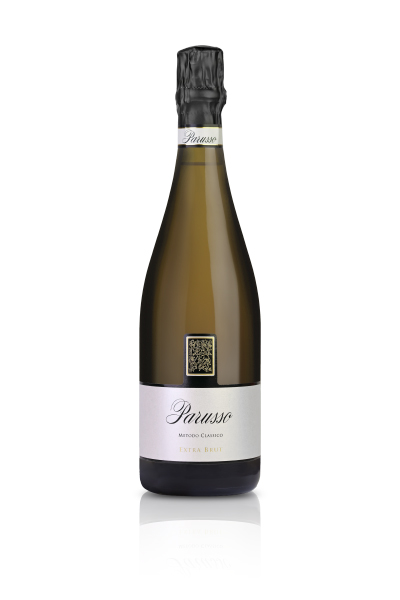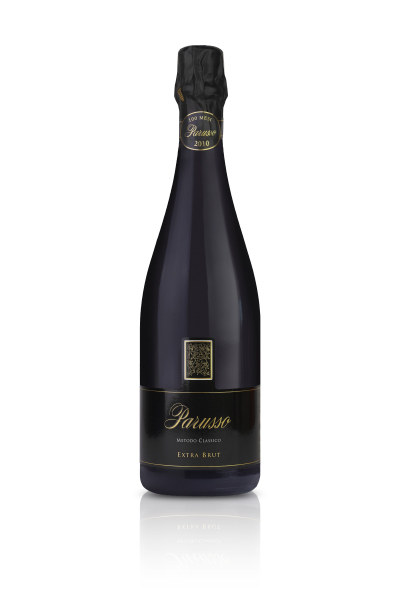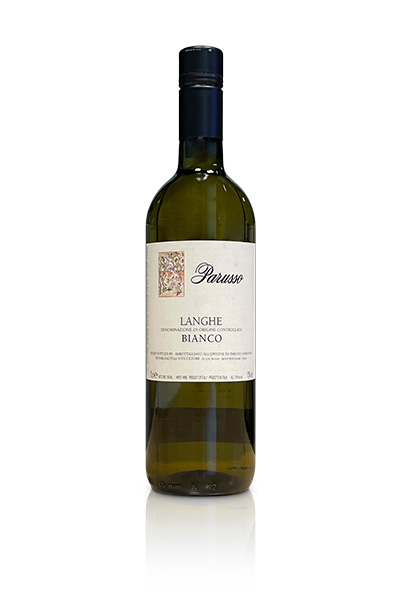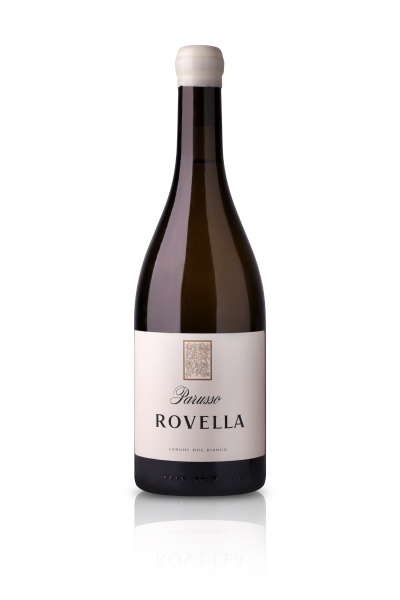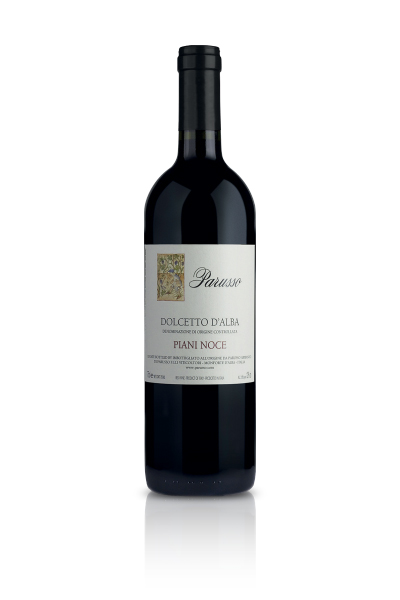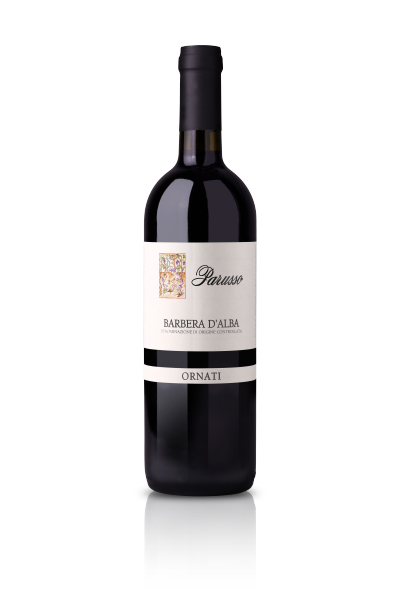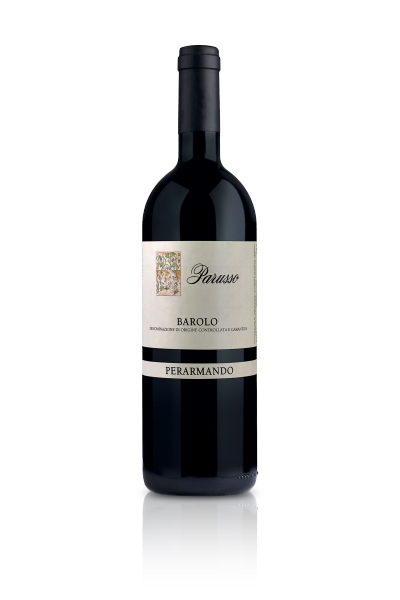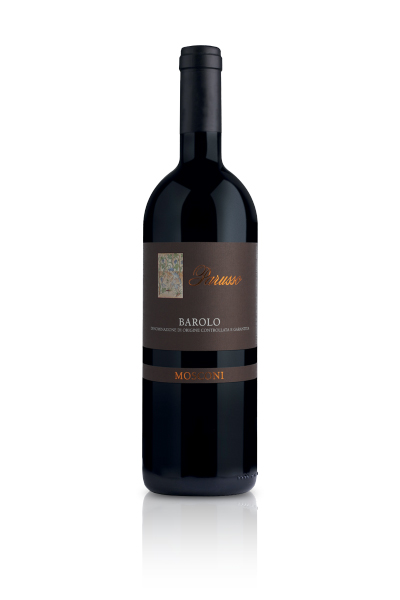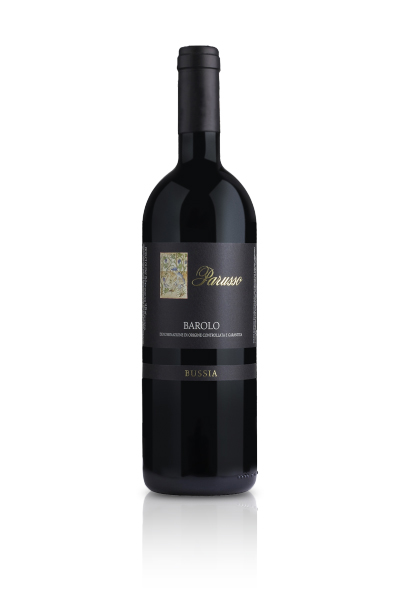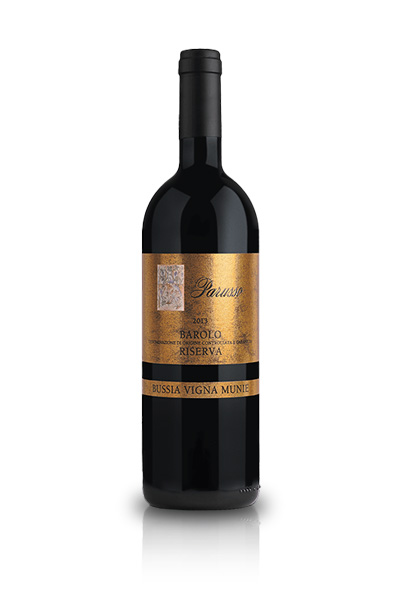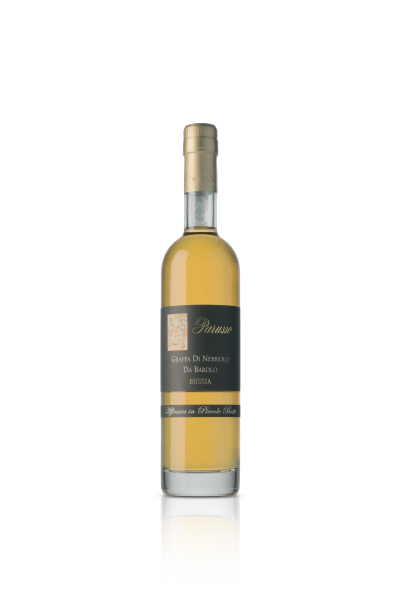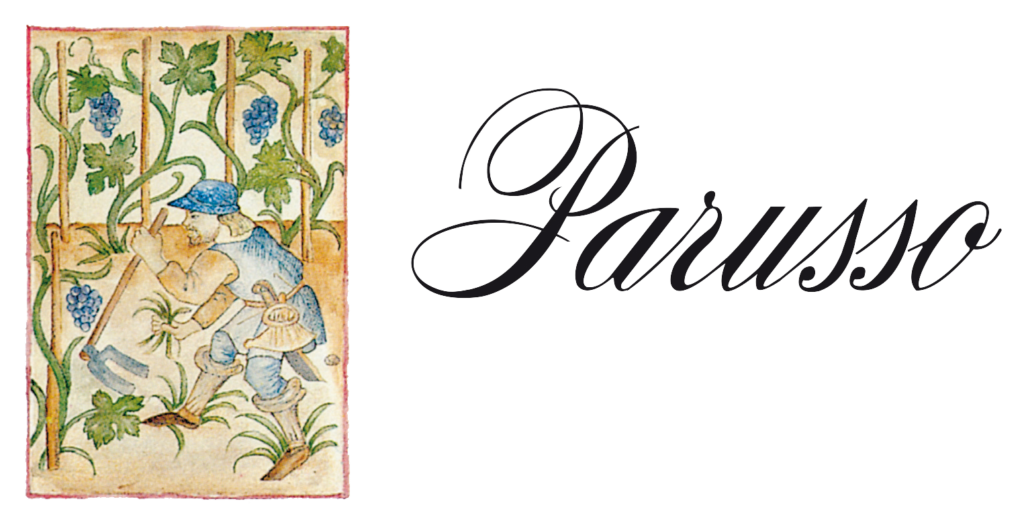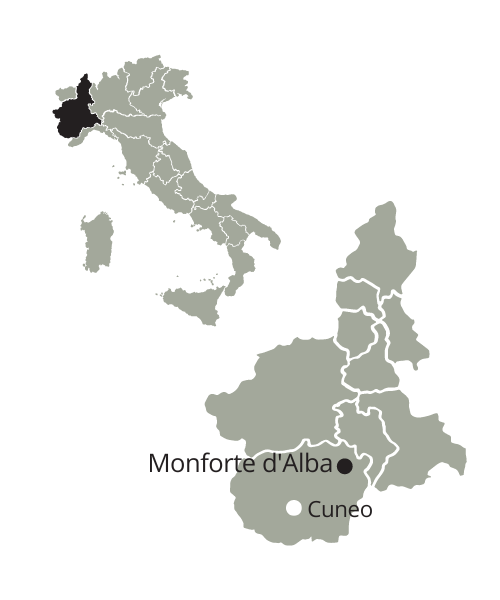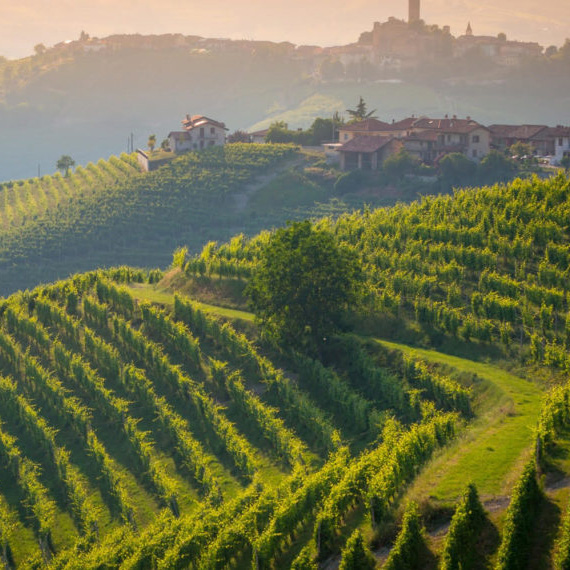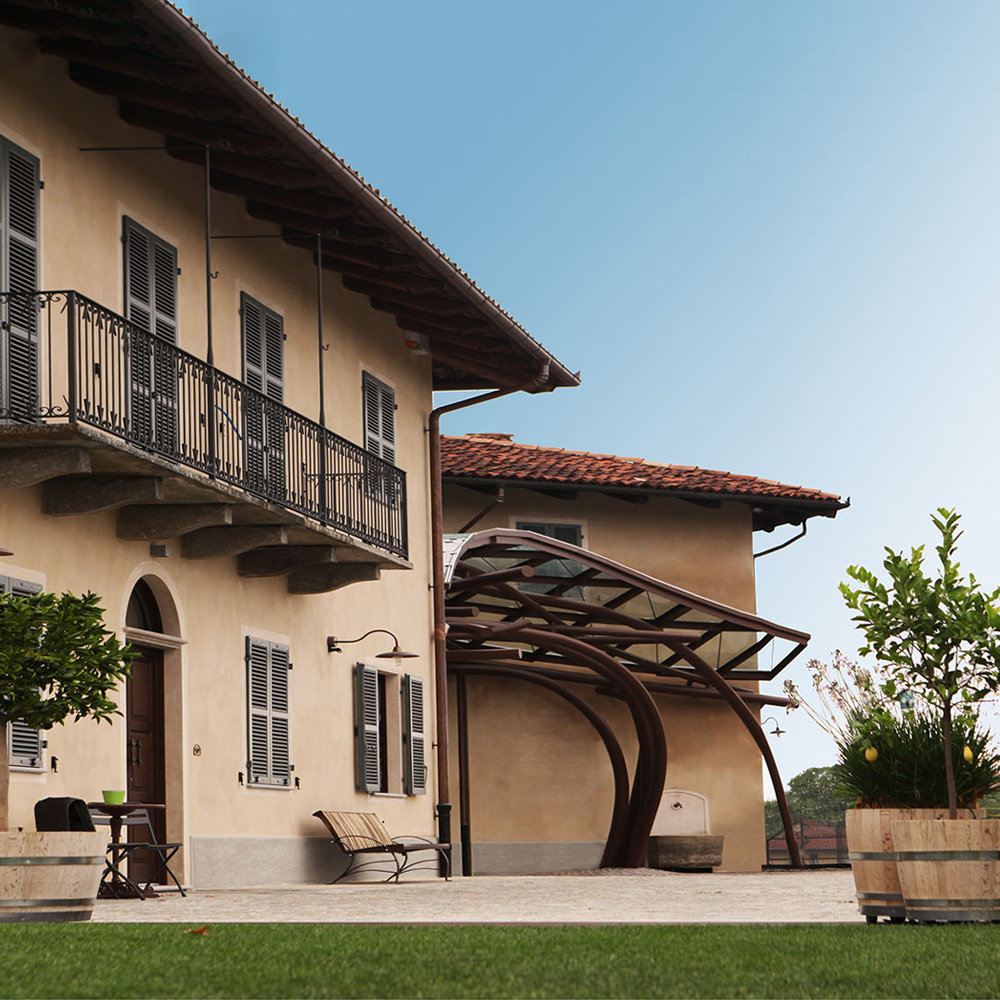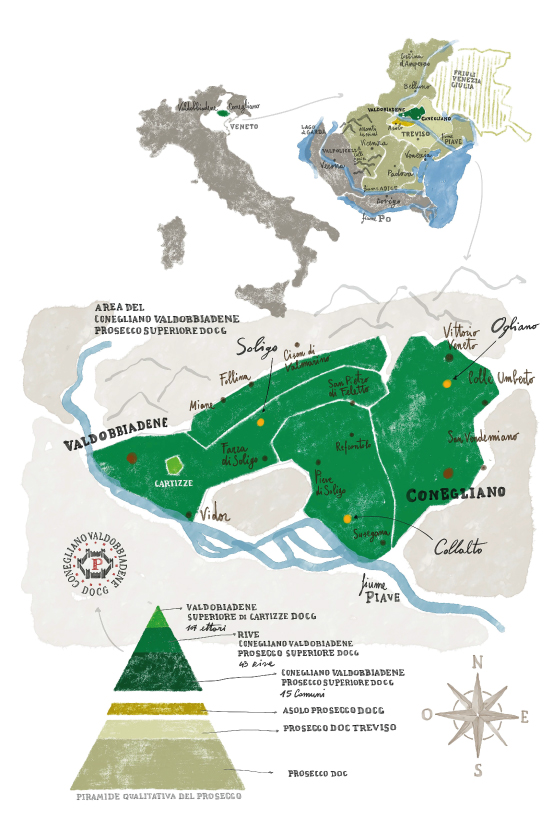
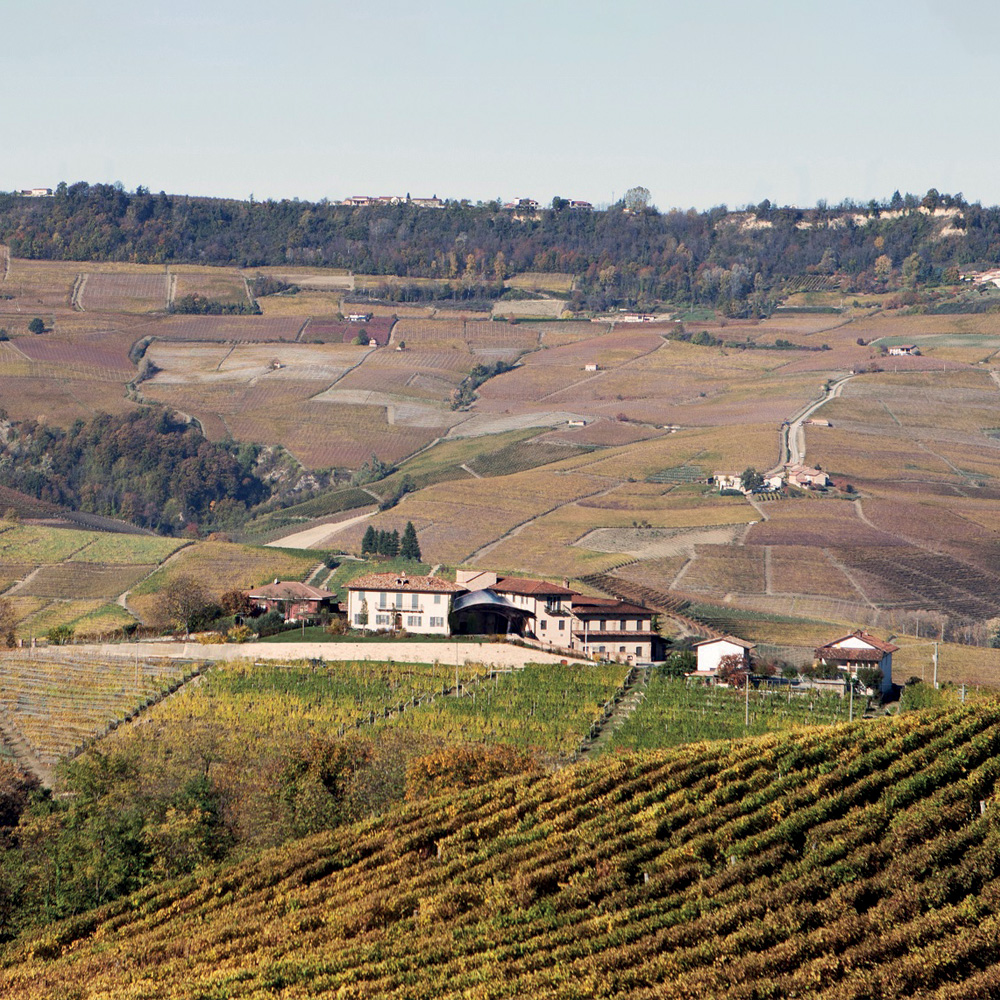
THE COMPANY
The Parusso brothers belong to a historic family of winemakers who have been dedicated to the art of viticulture for four generations. In 1986, Marco, a young oenologist, decided to make a decisive change to the company: supported by the energy and sensitivity of his sister Tiziana, he chose to bottle the entire production, transforming knowledge handed down over time into a modern and visionary project. The company, located in Località Bussia, in the heart of the Langhe between Castiglione Falletto and Monforte d’Alba, is now synonymous with uniqueness. Each vineyard is tended with meticulous care and respect, to obtain wines capable of expressing the true identity of an extraordinary terroir. The result is labels that embody finesse and elegance, but also personality and authenticity. Parusso’s Barolo, while remaining faithful to tradition, stands out for its immediacy: a wine that can be enjoyed without waiting for distant times and places, combining longevity, freshness and fragrance with surprising digestibility. This unique interpretation is also found in the other wines produced, each capable of revealing a different facet of the Piedmont hills. All this contributes to making Marco Parusso not only a winemaker, but a true interpreter of contemporary Barolo: a man who has been able to create his own “style” of life, vines and wine. Consistency and innovative vision emerge as distinctive features of his work, which fits powerfully and respectfully into the varied world of the Langhe.
